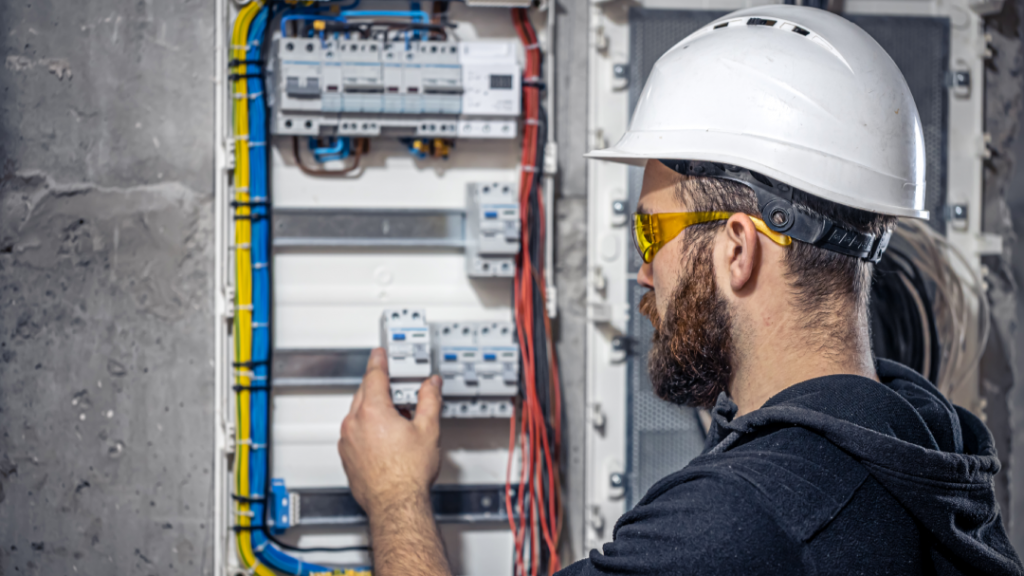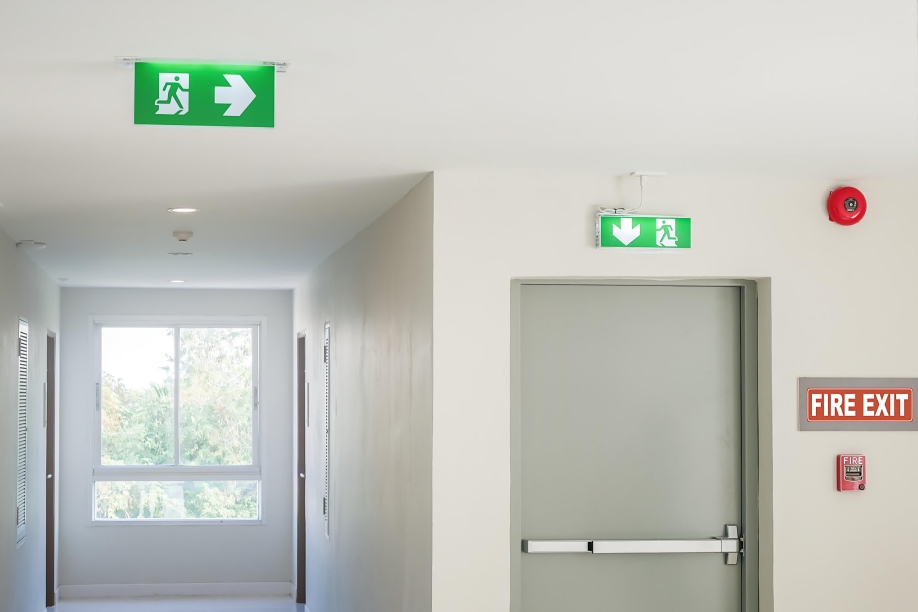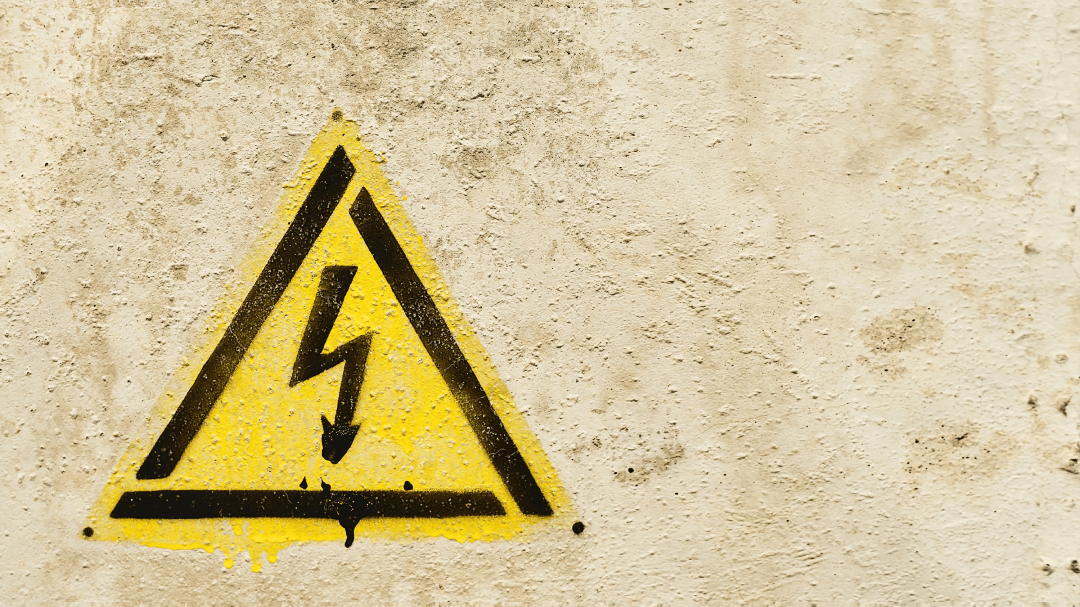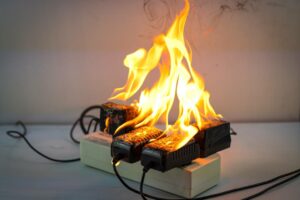Most offices and workplaces nowadays include a variety of electrical equipment, for example, computers, printers and air conditioners. They are vital for a business to keep up with the growing demands in a fast-paced, digitalised world. However, they bring about a need for safety measures in the workplace.
With so much electrical equipment around the workplace, employees are more susceptible to electrical hazards. If electrical safety is not taken seriously, employees can suffer from shocks, burns, or death.
Here are 10 electrical safety measures to help you avoid electrical hazards at the workplace.
10 Safety Measures to Follow When Using Electrical Appliances in the Workplace
1. Prevent Any Potential Contact with Live Electrical Current
One of the most essential safety measures in the workplace is to distance yourself from electrical hazards. If you work in an area filled with electrical equipment, ensure all panel doors are closed and hide exposed wires.
Read More: Fire Certificate Malaysia: Application and Renewal Guide
2. Disconnect Equipment
A simple safety measure to follow is to disconnect exposed live electrical parts before working on or near them. Gently pull it by plug as pulling by the cord can damage the electrical cable and cause a shock.
3. Ensure Safe Use of Electrical Equipment
Enforcing strict safety measures can go a long way. Employees should be careful when handling electrical cords by following these steps:
- Do not overload the outlets.
- Do not forcefully plug into an outlet if it doesn’t fit.
- Do not use a damaged cable.
- Avoid running electrical cords across doorways, under the carpets, or in areas with a lot of activity.
4. Install Physical Barriers Around Electrical Hazards
Physical safety measures, like barriers, should protect employees from any electrical hazards. Always close cabinet doors on electrical panels, and place signs to warn employees of electrical hazards.
5. Avoid Using Conductive Tools
If you know that you are working in an area where an electrical hazard is present, avoid using conductive tools. Move someplace else or refrain from using them altogether.
6. Stay Aware of Electrical Lines

When performing any work or maintenance overhead, stay at least 3 metres away from exposed electrical lines. Also, use a portable ladder with non-conductive side rails when performing overhead work.
7. Practice Caution with Flammable Materials
As a safety measure to prevent fires in the workplace, electrical equipment that can cause ignition must not be used where flammable vapours, gases, or dust are present.
8. Only Trained Staff Should Work on Electrical Wires
Any electrical hazard should be handled by trained professionals. If you see an electrical hazard that is left unattended, you should notify the appropriate electrical safety personnel for them to take action.
9. Always Follow Your Company’s Electrical Safety Measures
Every company has different electrical safety measures depending on the electrical equipment and the industry you work in. Always follow your company’s electrical safety measures to keep everyone safe. Companies can also ask safety consultants for advice on installing the necessary safety equipment and systems in the workplace.
10. Prevent Electrical Equipment from Getting Wet
Keep water and other liquids at least 1 metre away from electrical equipment and power outlets. Or install safety measures like the Ground Fault Circuit Interrupters (GFCIs) to prevent electrical incidents like shocks, fires and overheating.
Fortify your workplace safety measures by engaging a fire safety company. Palcon offers fire safety training to help businesses develop fire prevention, management, and evacuation procedures to keep employees safe.









